Board games understand the pleasures of taking things out of the box
Lifting the lid.
I've been playing around with Beasts of Balance recently. It's quite impressive, really - it manages to take stacking bits of plastic and somehow turn it into a sandbox game about the nuances of hybridisation. How's that for a pull-quote?
One of the things that has impressed me most about Beasts of Balance, however, is the packaging. I'm fully aware how that makes me sound, but I'm deadly serious - we can all learn a lot from the Beasts of Balance box.
In Beasts of Balance, you have 24 handsome looking game pieces and one chunky plinth. When strewn about for a game they take up quite a bit of room, but the box itself isn't actually very big. What's remarkable about the packaging for Beasts of Balance, however, isn't how snugly the pieces fit, but how beautifully. Open the box and you're confronted with an uppermost tier that is, for want of a better word, pretty pagan looking. The six eponymous beasts are arranged in a ring, each staring expectantly at the game's plinth. The plinth, meanwhile, greets you personally - "Greetings divine creator!" it says. With the pieces laid out like this, Beasts of Balance immediately feels very special - but it also makes you feel special, too. There's a tremendous sense of expectation, as if the game pieces are waiting to see what you're going to do with all this potential. Opening Beasts of Balance for the first time genuinely feels like an event.

How many times can you say that's happened to you with a video game? Almost certainly never. Sure you've unboxed a console or two in your time, but that's just a tedious one-off preamble to fiddling about with the cables behind the TV for ten minutes. Cast your eye back to the official Xbox One unboxing from 2013. Not even Major Nelson gave a toss about the console's cladding - it was an obstruction, something to be shoved onto the floor. I'm pretty sure you've never unboxed a PS4 and felt that the PS4 gazes also into you - and that's a shame, because it's a really lovely feeling. It's also a feeling that courses through many board games. Here are some examples.
The circular board for apocalyptic co-op board game Darkness Comes Rattling folds up and sits alongside four large corner pieces to make a perfect lid, covering up a tray that not only keeps everything in order, but takes a game that's predominantly card based and manages to make it look inviting - hell, even sexy.
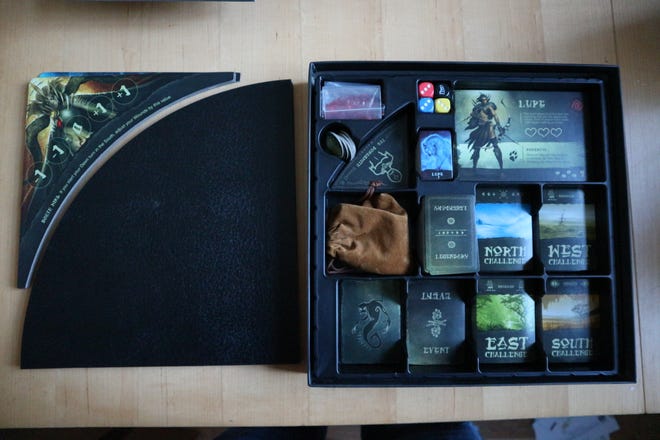
Then look at Mage Knight's box - its components are divvied up and stashed away with razor-sharp precision, elegantly concealing the fact Mage Knight is one of the most stunningly convoluted games I've ever played.
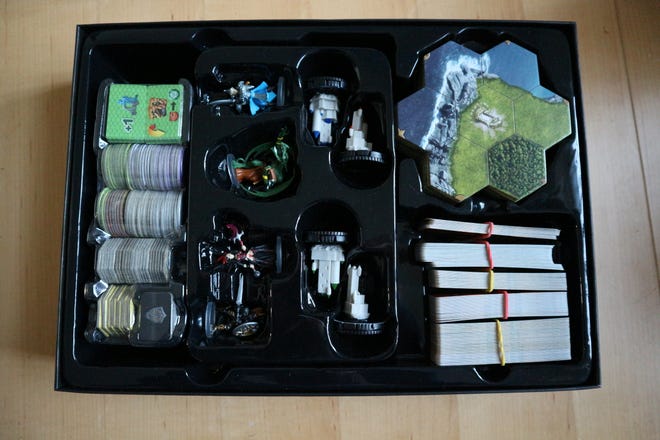
And then there's Dominion - its admittedly austere tray is nonetheless a masterclass in organisation and storage. Every single time I play Dominion - without exaggeration - I give thanks to its publisher for making sure it's laid out properly.
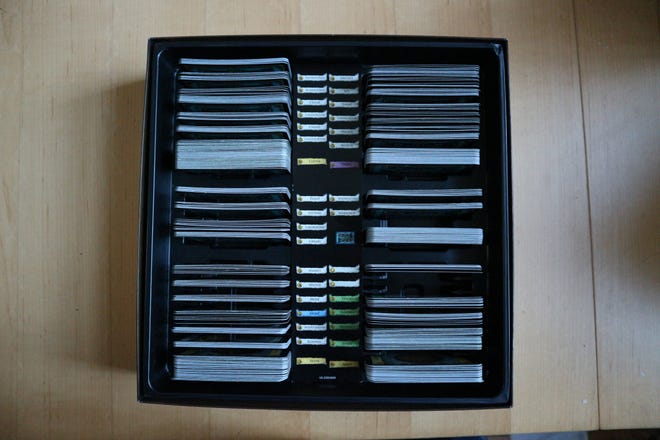
My point is, this stuff matters to board game players. If I open up a game and the box is well thought out, it's generally a very encouraging sign - if they've thought this much about how to store a game, the chances are they've put a lot of work into the game itself, too. Board game boxes get talked about a lot, even to the extent that companies can earn themselves a reputation. Fantasy Flight - bless it - is an industry giant with some of the best loved board games in its stable, but everybody knows it can't (or won't) design a decent board game box to save its life. Just look at Twilight Imperium - you don't see Beasts of Balance looking like that, do you?
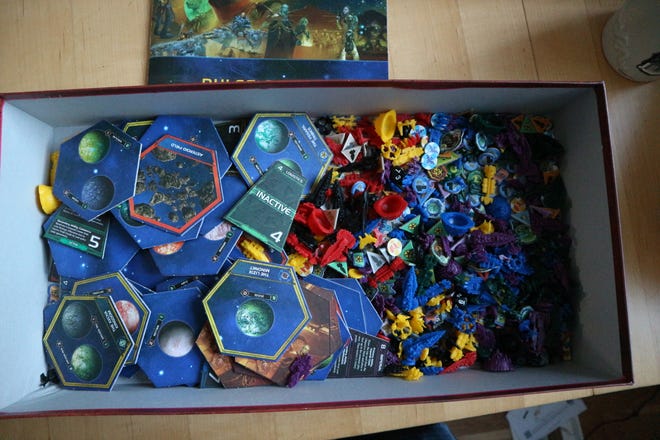
Granted, you may well be thinking how sad it is for me to be getting all misty eyed about Beasts of Balance's packaging - it's vacuum formed plastic, big whoop - and frankly I don't blame you, it's an odd thing on which to fixate. Nonetheless, I think it's important - it shows Sensible Object gives a hoot (or a grunt or a squawk or a roar) about tactility, which is so important to a game like this. It shows Sensible Object doesn't expect you to have this game out all the time - it's something you'll (hopefully) be getting out and putting away again a lot. It's recognises you've invested a not insignificant amount of money in this game, so you want it to be well taken care of. Most importantly, it reinforces the message that this game - and the time you spend with it - is precious. Or should that be fabulous?



.jpg?width=291&height=164&fit=crop&quality=80&format=jpg&auto=webp)

_Rwmp6uD.jpg?width=291&height=164&fit=crop&quality=80&format=jpg&auto=webp)


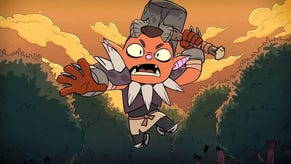
.png?width=291&height=164&fit=crop&quality=80&format=jpg&auto=webp)